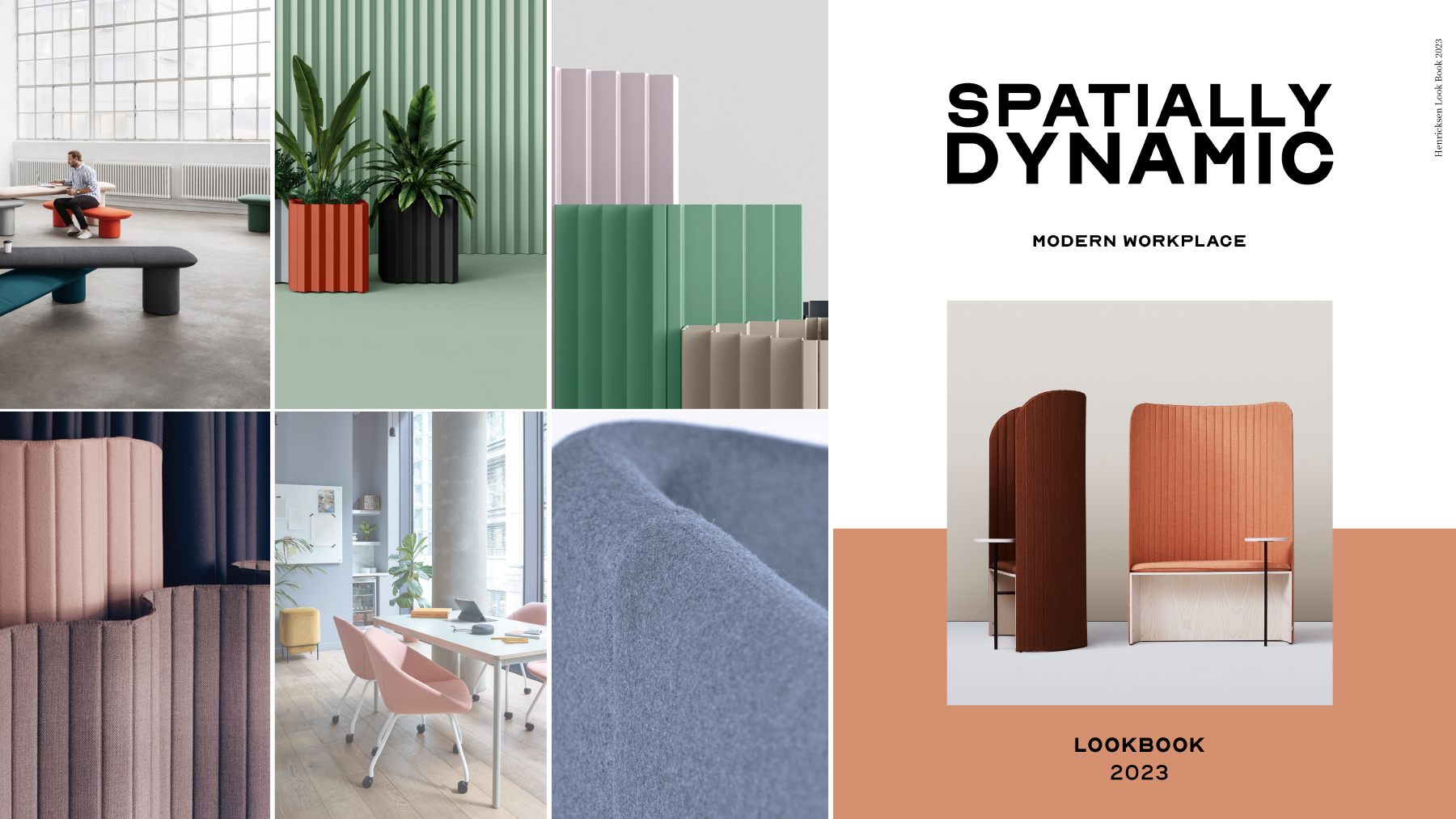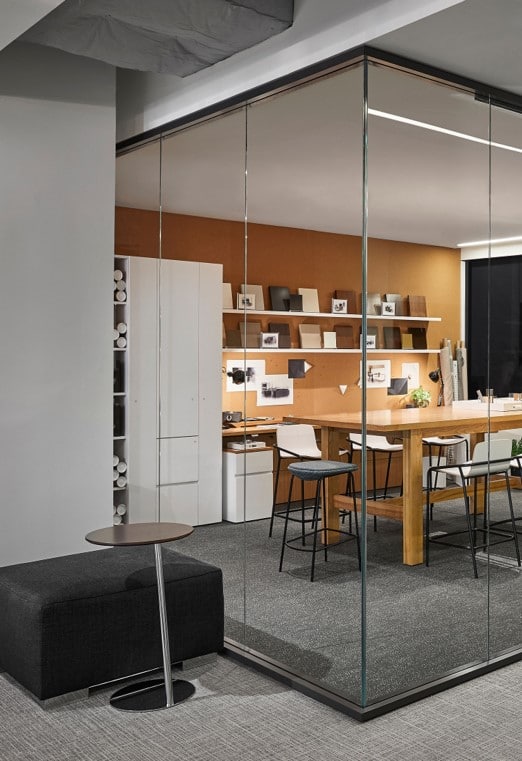If you followed our 70th anniversary series which highlighted the evolution of office furniture design from the 1940’s through today, you’ve noticed a dramatic difference.
Wood replaced man-made materials. Open plan gave way to private offices and cubicles. Cubicles decreased in size. Then came the resurgence of open plan office design.

The latest emerging trend has been the replacement of dedicated individual work stations by on-demand work spaces, ‘hot desking’ and collaborative areas used on an as-needed basis.

There is no doubt that the way we work has changed dramatically over the past decade alone. Much of this rapid change has been driven by even more rapidly developing technology. While we still spend a significant time at the office and can now work from (almost) anywhere, we find that the majority of the “in-office time” is spent engaged with technology in one form or other.
It’s not surprising that office furniture has developed to accommodate the way we use technology.
Our desks have become smaller, more mobile and sometimes even height adjustable. They’re designed with built-in intelligent cable management and we have a host of accessories that make being connected easier and less obtrusive. Gone is the heavy wooden furniture of yesteryear. Gone are the large desks designed to accommodate mountains of paperwork, huge computers and the clunky monitors of the dot com era. Technology savvy furniture is smaller, sleeker and more stylish.
It’s not just work surfaces that have evolved. Even our seating has changed. It has become ergonomic, supportive and responsive to the user…some chairs even come with integrated keyboards!
Collaboration is fundamental in this age of knowledge work. Teamwork is a big part of our day. Technology has made it possible to work as easily with people across the world as it is to work with people in the same office.
Office furniture and equipment manufacturers have risen to the challenge with portable white boards, large screens for video conferencing, tools that allow our notes to be captured digitally as we jot them down and apps such as ClickShare that allow us to share collaborative information between devices within the same room. Many furniture lines have been designed to multi-task serving both individuals and groups.
Many people now use mobile devices as much, if not more often than laptops. This advance has been a game changer.
 No longer encumbered by wires, desktop computers, or even laptops, our furniture is more mobile. Often we don’t even need a desk. Seating lines such as ‘Rise’ and ’Scooch’ by Allsteel provide informal, creative support for collaboration as well as for individual work, multi-tasking as both seating and work surfaces anywhere, anytime. When we do use dedicated work tables, ideally, they can change location at a whim, be used alone or grouped and stack away when not in use.
No longer encumbered by wires, desktop computers, or even laptops, our furniture is more mobile. Often we don’t even need a desk. Seating lines such as ‘Rise’ and ’Scooch’ by Allsteel provide informal, creative support for collaboration as well as for individual work, multi-tasking as both seating and work surfaces anywhere, anytime. When we do use dedicated work tables, ideally, they can change location at a whim, be used alone or grouped and stack away when not in use.
Office spaces, even entire office buildings are designed around the way we work, incorporating the furniture and technology to facilitate almost everything we do. There’s an increasingly built in level of responsiveness. It’s all about ‘mass personalization’ and ‘responsive customization.’
Take the Edge building in Amsterdam for instance. The entire facility has integrated technology in such a way that it will book you a work station or collaborative space based on your scheduled tasks. It will adjust the climate and lighting in the area you’re currently working so that it’s set to your preferences. It even looks after your safety as you enter and leave the building.
A few technology integrations that are now available:
Examples from HumanScale:
M/Connect is a USB 3.0 dual-video docking station eliminating cable stutter and providing easy access to user ports. It conceals the IT ports to eliminate cable clutter. IT cables are integrated into the desking system for the same reason.
Switch Mouse is another good example of the symbiosis between ergonomics and technology. It features a V design and 4 way scrolling dish to provide exceptional user comfort.

Tech Tray accommodates and protects laptops, mobile devices and other small tech items. It’s the perfect ancillary storage unit.
Examples from Allsteel:

Here’s a great example from Allsteel showing:
Keyboard support
Monitor Arm
Lighting
Height adjustable table
Ergonomic seating
All designed to support the user’s interaction with technology.
To discover how technology is integrated has influenced the design of Healthcare spaces in “This Office Deconstructed”




